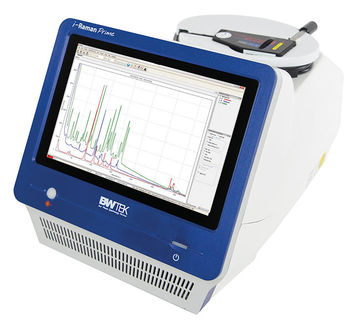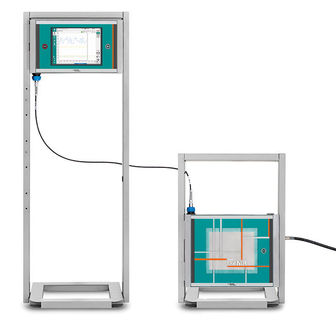To use all functions of this page, please activate cookies in your browser.
my.chemeurope.com
With an accout for my.chemeurope.com you can always see everything at a glance – and you can configure your own website and individual newsletter.
- My watch list
- My saved searches
- My saved topics
- My newsletter
Rockwell scaleThe Rockwell scale characterizes the indentation hardness of materials through the depth of penetration of an indenter, loaded on a material sample and compared to the penetration in some reference material. It is one of several definitions of hardness in materials science. Its hardness values are noted by HR* where * is the letter for the scale used. Hardness' relation to strength is that both are measures of the pressure it take to get plastic deformation to occur in materials. Product highlight
OperationThe determination of the Rockwell hardness of a material involves the application of a minor load followed by a major load, and then noting the depth of penetration, vis a vis, hardness value directly from a dial, in which a harder material gives a higher number. The chief advantage of Rockwell hardness is its ability to display hardness values directly, thus obviating tedious calculations involved in other hardness measurement techniques. Also, the relatively simple and inexpensive set-up enables its installation in college laboratories. It is typically used in engineering and metallurgy. Its commercial popularity arises from its speed, reliability, robustness, resolution and small area of indentation. Good practices
Scales and valuesThere are several alternative scales, the most commonly used being the "B", and "C" scales. Both express hardness as an arbitrary dimensionless number.
Readings below HRC 20 are generally considered unreliable, as are readings much above HRB 100. Typical values
Several other scales, including the extensive A-scale, are used for specialized applications. There are special scales for measuring case-hardened specimens. Standards
See also |
|
| This article is licensed under the GNU Free Documentation License. It uses material from the Wikipedia article "Rockwell_scale". A list of authors is available in Wikipedia. |







